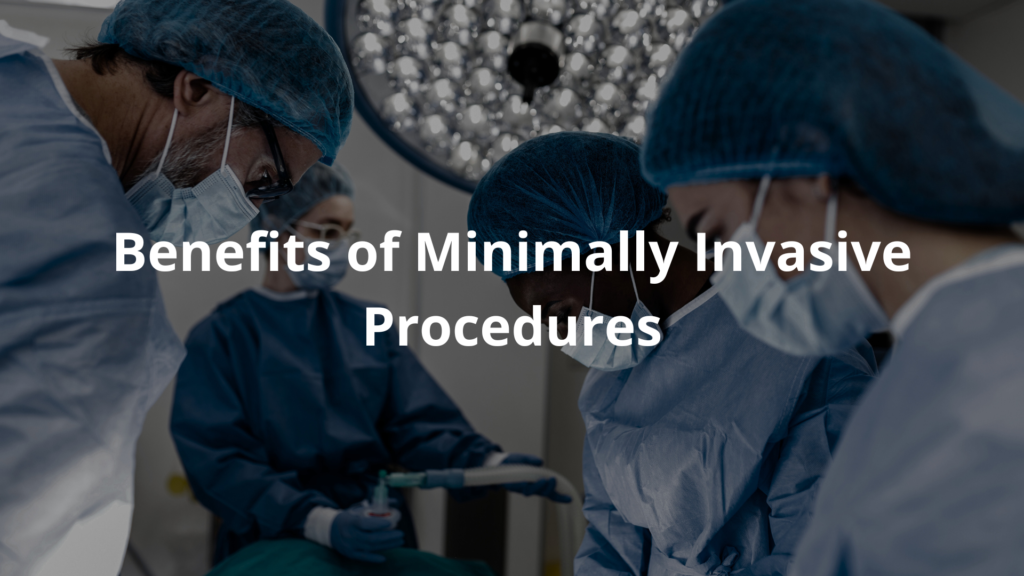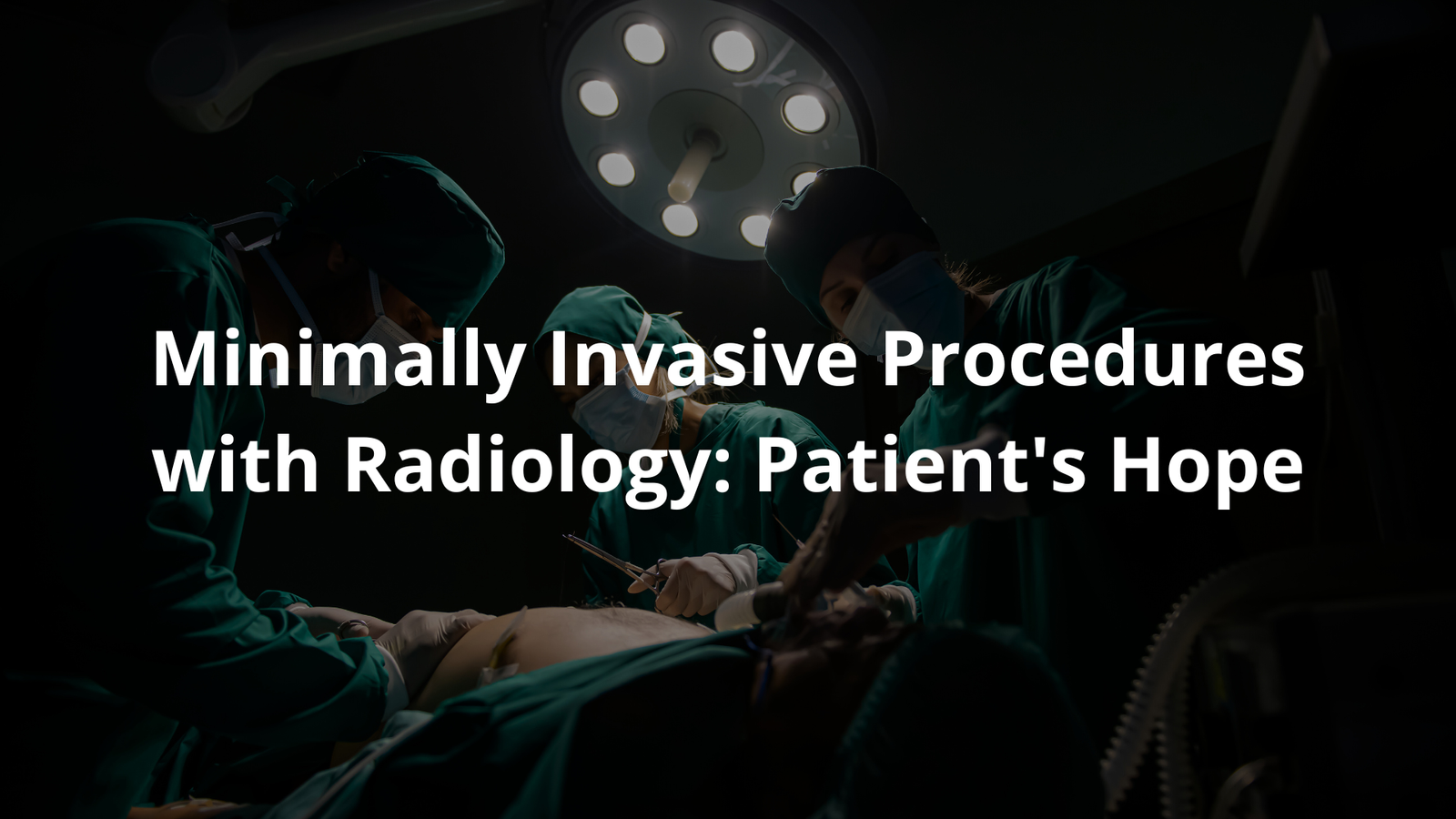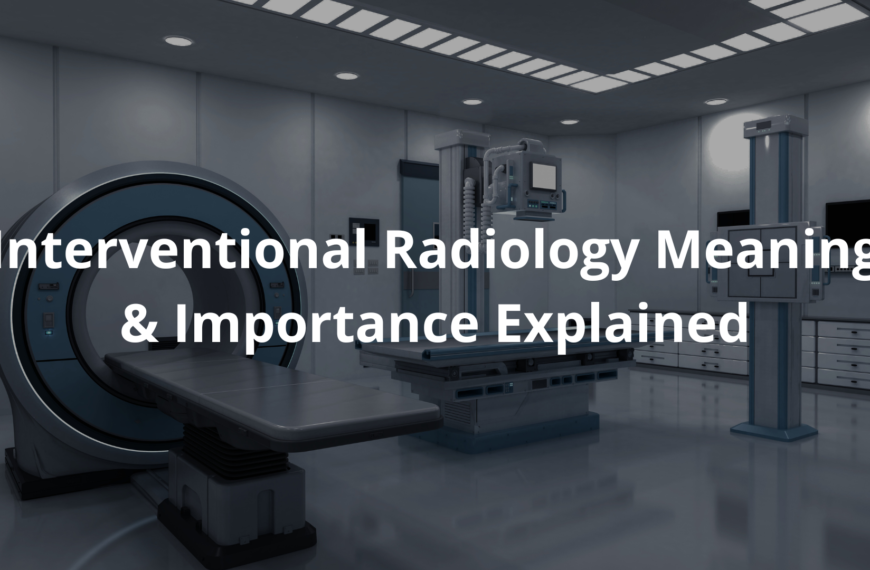Learn how minimally invasive procedures using radiology are changing patient care in Australia with lower risks and faster recoveries.
Minimally invasive procedures guided by radiology have changed how medicine works today. Imagine someone like a father or an uncle, hesitant about surgery because of pain or long recovery times. These advanced techniques, using clever imaging tools, offer a way out. They let doctors work with precision—no big cuts, no unnecessary risks. It’s a shift that feels almost personal, giving people hope and quicker healing.
For anyone curious about how these methods are reshaping healthcare, there’s so much more to uncover. Keep reading to see how technology and care come together to make a real difference.
Key Takeaway
- Minimally invasive procedures use imaging to help doctors treat patients with lower risks.
- Patients often recover faster and have less pain with these techniques.
- Interventional Radiology plays a big role in making patient care safer and more effective.
What is Interventional Radiology?
Interventional Radiology (IR) is a special area of medicine where doctors use imaging tools to help them do procedures. These tools—like X-rays, MRI, and ultrasound—let doctors see inside the body while they work. Instead of making big cuts, they can often do what they need through tiny openings. It’s pretty amazing how much they can do with just a small puncture.
For example, they can:
- Help with knee pain by injecting medicine into the joint.
- Clear blocked bile ducts so they can drain properly.
- Treat liver tumours by using heat to destroy cancer cells (this is called thermal ablation).
By using these imaging methods, doctors can treat problems without causing as much damage to healthy parts of the body.
Benefits of Minimally Invasive Procedures

There are lots of good things about these kinds of procedures. Some of the main benefits are:
- Lower Risk: There’s less chance of things like infections or too much bleeding compared to regular surgery.
- Less Pain: Most people feel less pain during and after the procedure.
- Faster Recovery: Many patients can go home the same day or the next day. They’re often back to their normal activities pretty quickly.
- Local Anaesthesia: A lot of these procedures only need local anaesthesia, so you don’t have to be fully put to sleep. [1]
A friend of mine had a procedure done for her varicose veins. She told me she couldn’t believe how quickly she felt better. She was walking around just a few days later, like nothing had happened.
RANZCR’s Role and Standards
The Royal Australian and New Zealand College of Radiologists (RANZCR) plays a big part in making sure these procedures are done safely. They create rules and guidelines for doctors to follow before, during, and after procedures. This helps keep patients safe and ensures they get good care.
RANZCR focuses on things like:
- Patient Safety: Making sure all the tools and equipment used are safe.
- Quality Assurance: Ensuring all doctors follow the same high standards so patients get the best results.
Because of their work, people can feel more confident about having these procedures done. [2]
Types of Procedures Offered
In Australia, interventional radiologists can do a wide range of procedures. Some of the most common ones include:
- Pain Management: Things like nerve blocks or spinal injections to help with chronic pain.
- Tumour Treatments: Using ablation techniques to destroy tumours while protecting healthy tissue.
- Vascular Treatments: Fixing blood vessel problems with procedures like embolisation.
And the list keeps growing. If you’ve got a medical issue, there’s a good chance interventional radiology might offer a solution that’s effective and less invasive. [3]
If you’re curious about these procedures, it’s worth asking your doctor if they’re an option. They could save you time, pain, and a longer recovery. Always make sure to check that your doctor is trained in the latest techniques and follows RANZCR guidelines. It’s your health, after all.
FAQ
How do image guided procedures work and why are they better than traditional open surgery?
These procedures use medical imaging like X-rays to help doctors see inside your body in real time. Unlike traditional surgery where doctors make large cuts, these procedures need only tiny openings. This means quicker recovery and lower risk for patients. Think of it as working through a keyhole instead of opening a door completely.
What makes interventional procedures such an effective treatment for liver cancer and liver tumors?
These procedures let doctors diagnose and treat cancer by using imaging guidance to reach tumors through tiny cuts. The procedures are performed by highly trained doctors who can target cancer cells precisely while protecting healthy tissue. This means shorter recovery times compared to traditional surgery, and you’ll likely have a shorter hospital stay too.
How do interventional radiology services help with pain management and joint injection?
If you’re dealing with knee pain or need spinal injections, these procedures can help. Using advanced medical imaging techniques, doctors can guide needles to exactly the right spot, like a facet joint. This precise targeting helps treat pain while keeping the surrounding soft tissue safe.
What are my treatment options for uterine fibroids using interventional procedures?
Fibroid embolization offers an alternative to invasive surgical approaches. During this procedure, doctors use imaging technology to guide tiny tools through your blood vessels to block the blood supply to fibroids. This state of the art treatment helps fibroids shrink while protecting healthy tissue.
How do thermal ablation and artery embolisation help treat enlarged prostate?
These minimally invasive techniques use prostate artery embolization to reduce blood flow to the enlarged prostate, helping it shrink naturally. Thermal ablation uses heat to target specific areas while imaging guidance ensures precise treatment. Both options typically have fewer side effects than traditional surgery.
What role does interventional oncology play in modern cancer treatment?
Interventional oncology combines diagnostic radiology with treatment. Using imaging technology, doctors can spot and treat tumors through blood vessels or with direct approaches. These procedures are performed through tiny cuts, offering effective treatments with shorter recovery times than traditional surgery.
How do interventional procedures help with bile duct problems and dialysis access?
These techniques help with biliary drainage and creating dialysis access using image guided procedures. Doctors can fix blocked bile ducts or create new paths for dialysis through tiny cuts. They can also treat vascular malformations and problems with the inferior vena cava using these same techniques.
What makes magnetic resonance and other imaging techniques so important for these procedures?
These invasive techniques rely on advanced imaging guidance to help doctors see exactly where they’re working in real time. This means they can work through tiny cuts while still clearly seeing what they’re doing. Think of it like having a tiny camera and GPS system guiding the doctor to exactly the right spot.
Conclusion
Minimally invasive procedures using radiology are reshaping how doctors treat patients in Australia. Groups like RANZCR help ensure these techniques are safe and effective, often leading to quicker recoveries. As technology improves, even more options for treating tricky medical conditions are likely.
If you or someone you know has a health concern, it’s worth asking your doctor about these advanced imaging methods. They could be the key to a smoother and faster recovery.
References
- https://www.cirse.org/patients/general-information/what-is-ir/
- https://www.ranzcr.com/component/edocman/ranzcr-standards-of-practice-for-diagnostic-and-interventional-radiology/download
- https://irsa.com.au/locations/interventional-radiology-australia/




